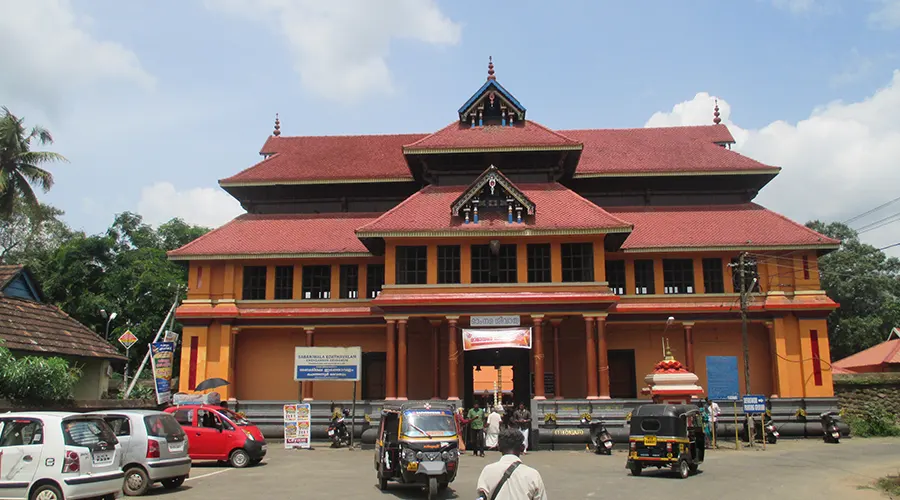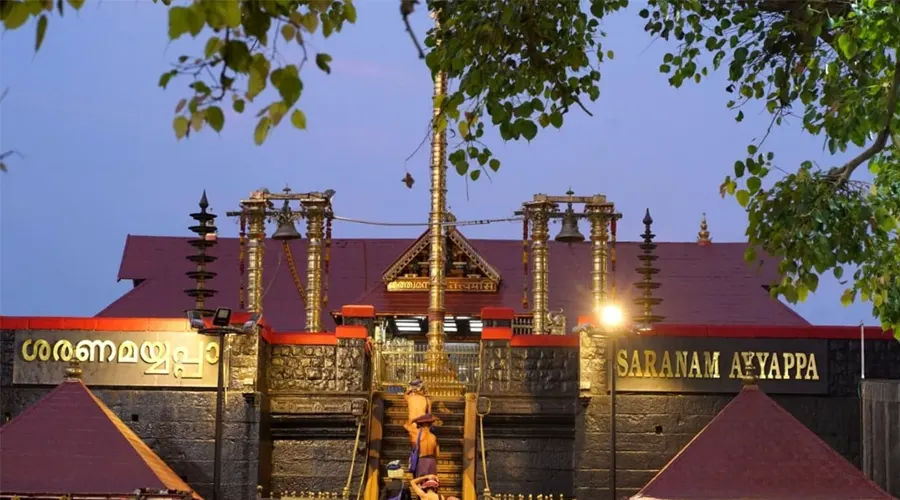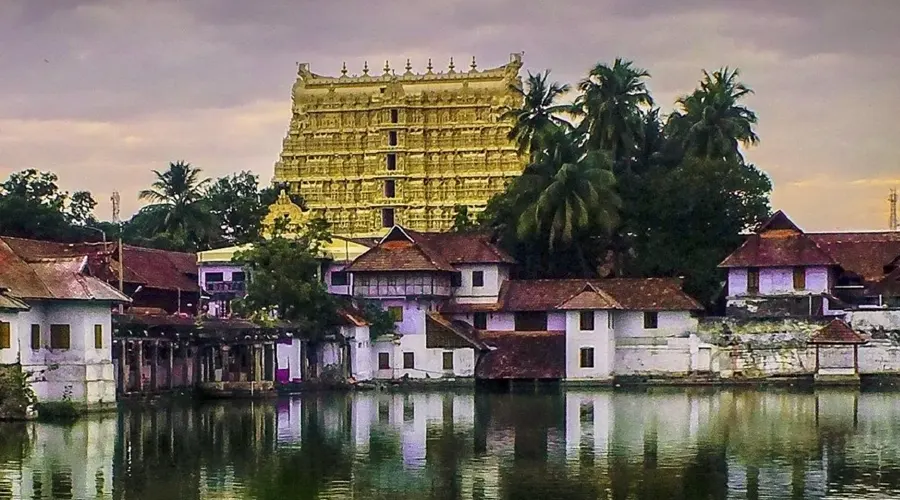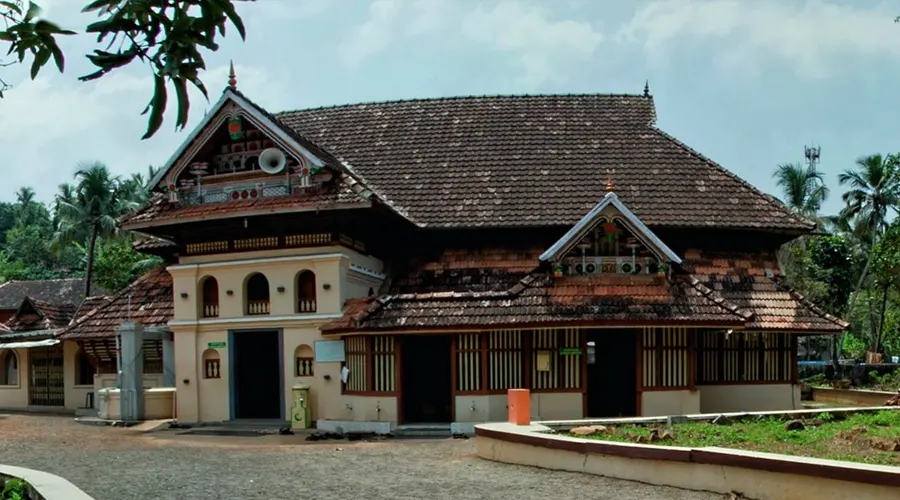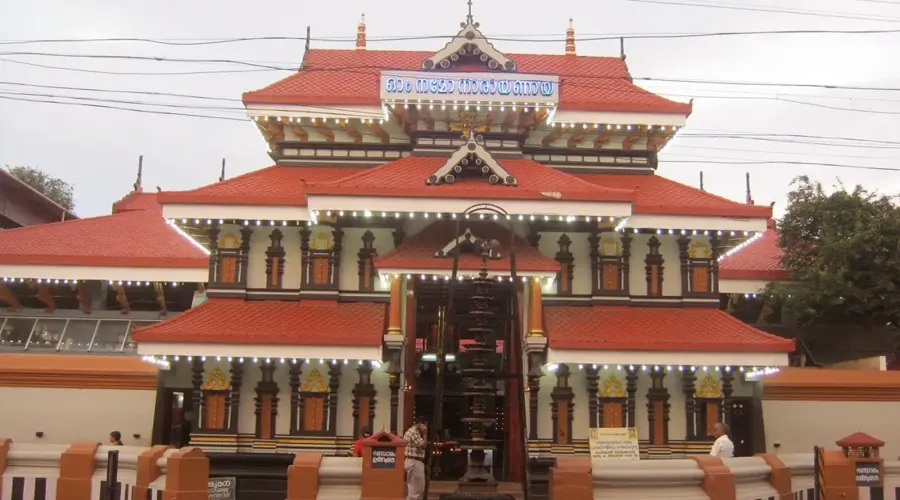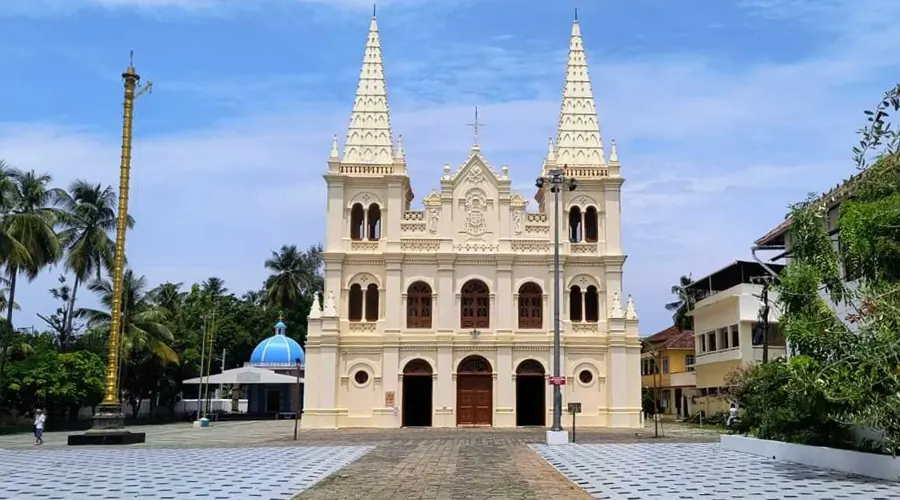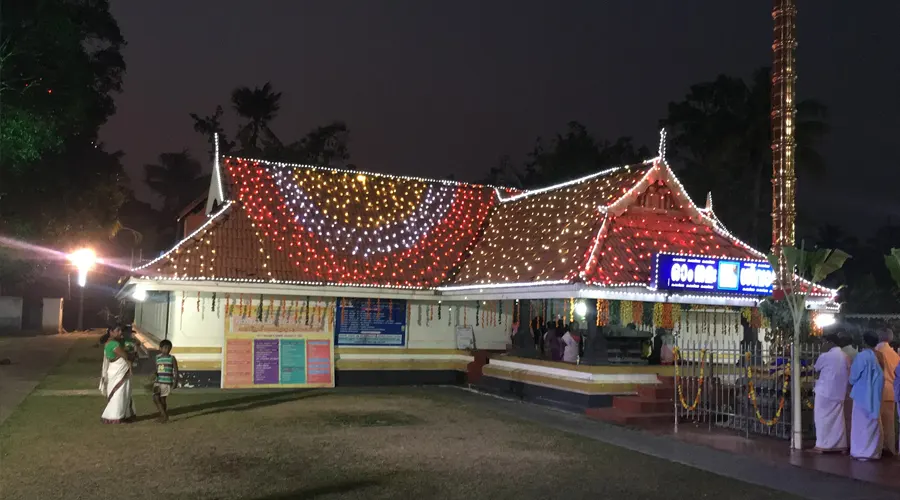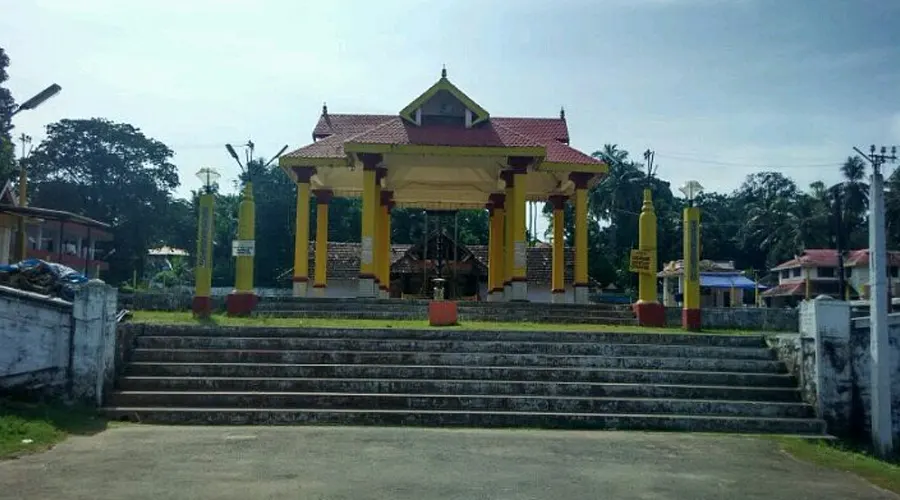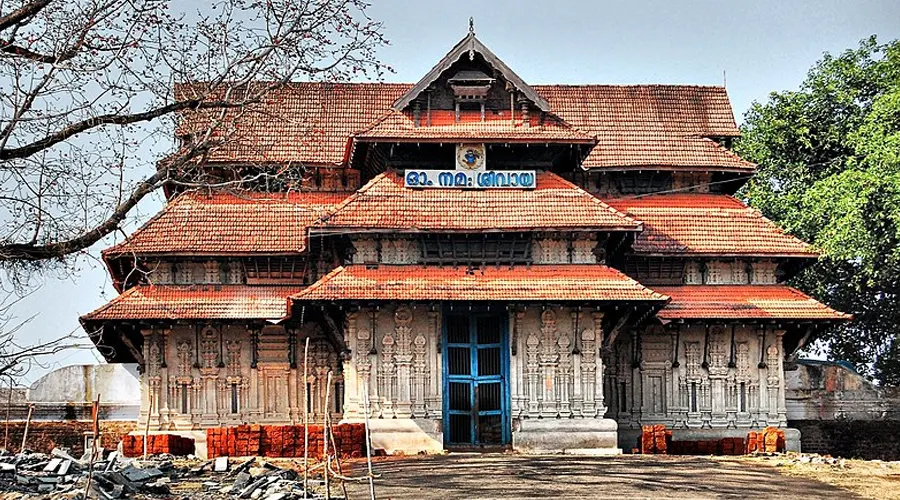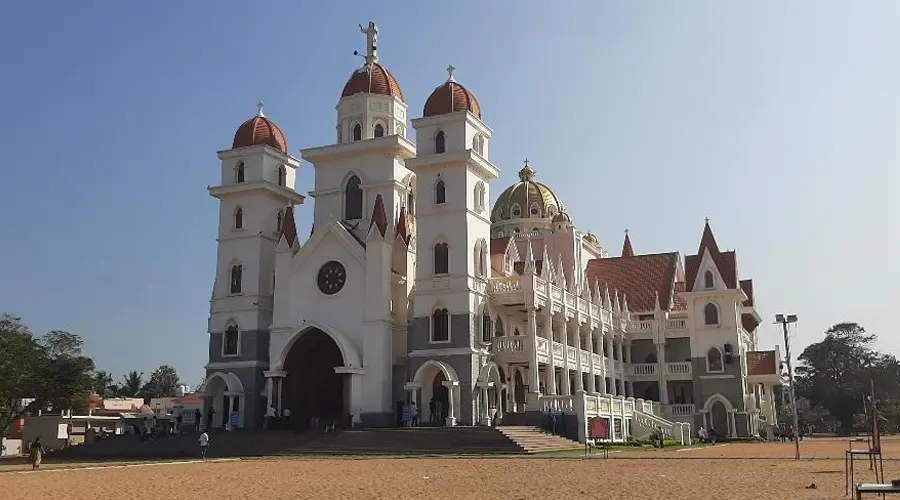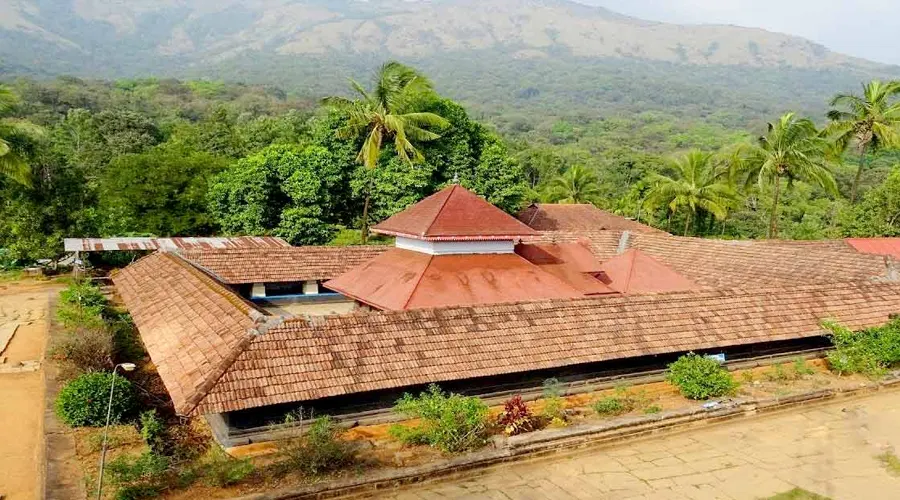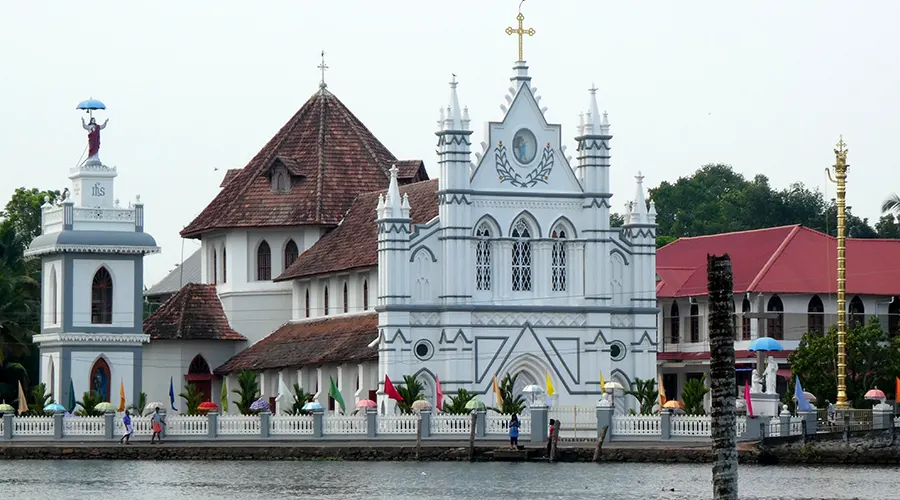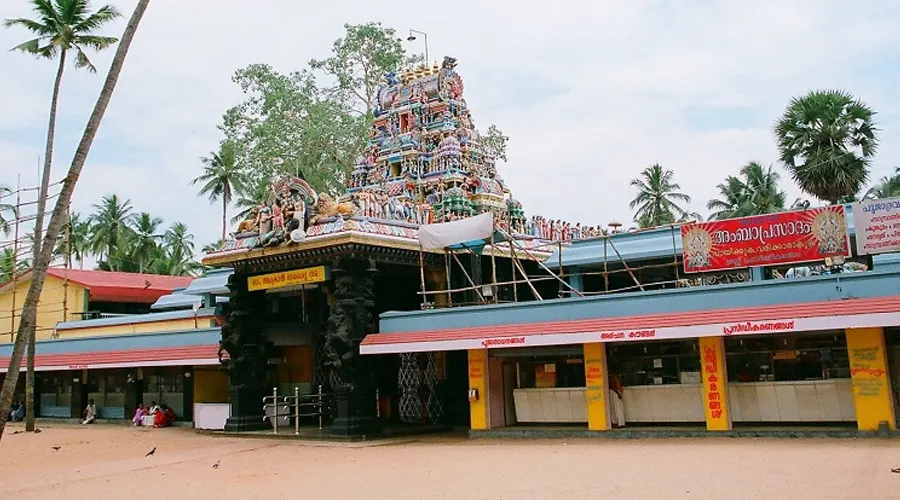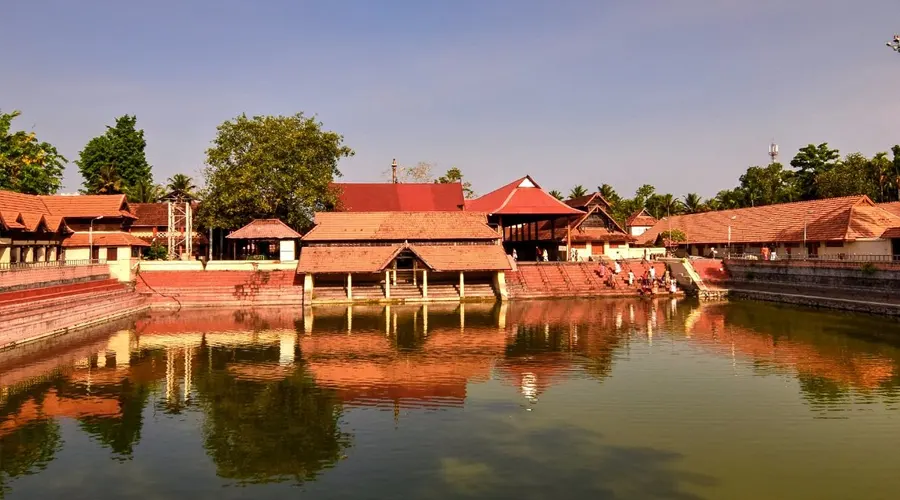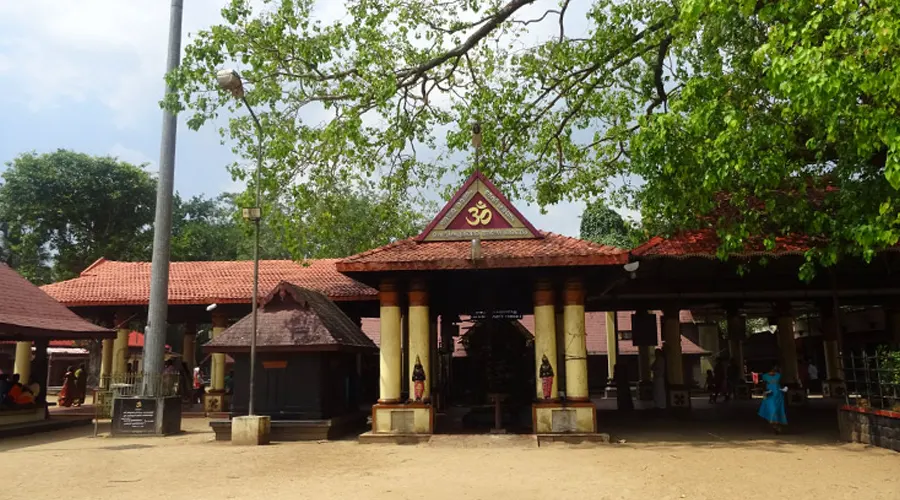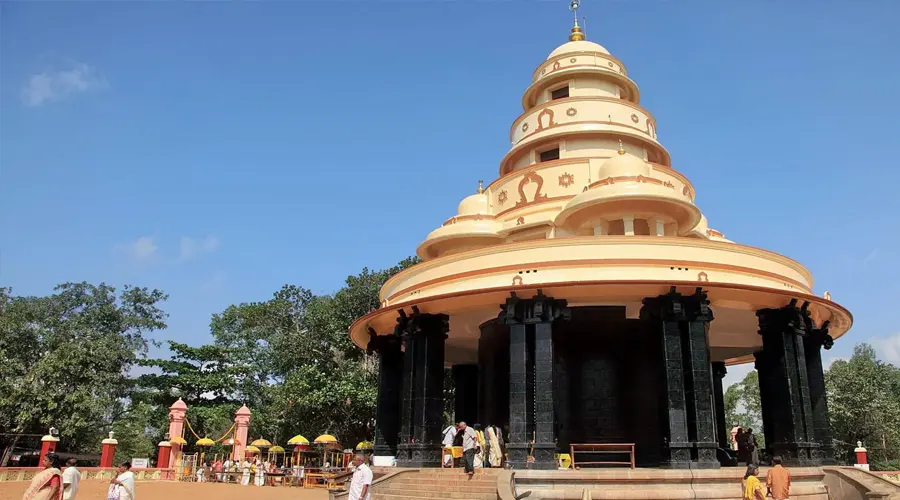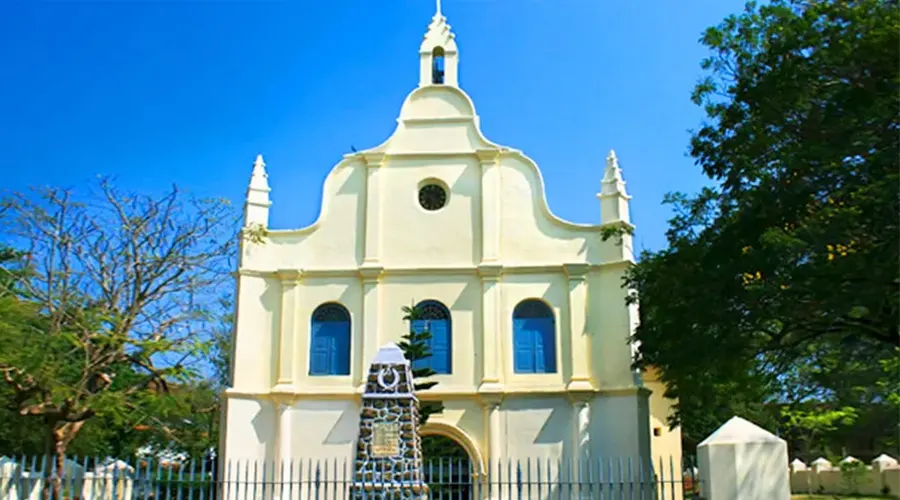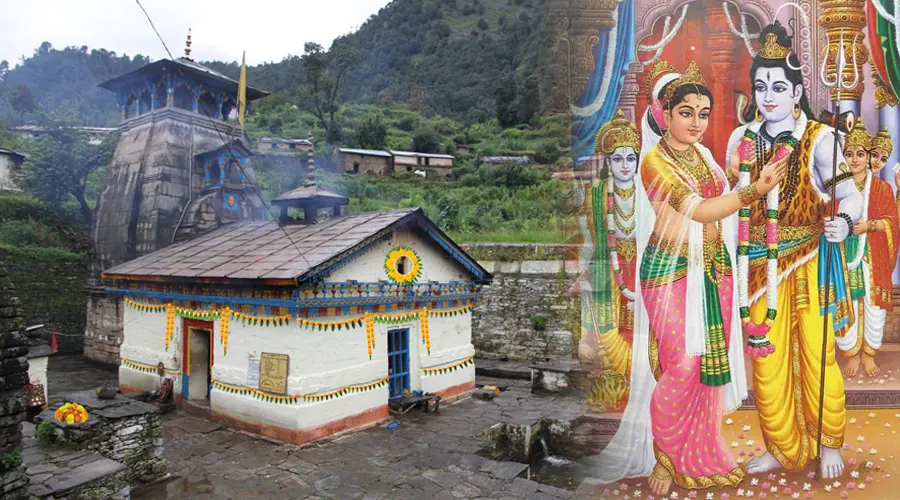Chengannur Mahadeva Temple
Chengannur Mahadeva Temple is an ancient temple of Kerala located at Chengannur in the Alappuzha district. Constructed many centuries back, this temple is unique with its special rituals and eye-catching architectural designs. Even if this shrine is popularly known as the Mahadeva temple, Lord Shiva and Goddess Parvathy hold equal importance. This large temple has a circular Sanctum where the idol of Lord Shiva is facing east and the idol of Goddess is facing west.
The gold-plated Shivalingam of this temple bears the image of the Shiva-Shakthi (Ardhanareeswara). The Shivalingam of this temple is believed to have emerged on its own.
Chengannur Mahadeva Temple is completely distinct from other temples in the state. ‘TRIPUTHARATTU’ is a unique festival of this shrine based on an interesting belief. The festival is a symbol of fertility and is connected with the menstruation ceremony. The temple is considered the Shakthi Peedam because of the menstruation symptoms observed periodically with the idol of Goddess Parvathy in this shrine.
This extraordinary festival is celebrated at the temple with great festivity. Apart from this festival, the temple has a 28-day long annual festival which is conducted during December and January. Shivarathri is also celebrated at this temple with great grandeur.
History of Chengannur Mahadeva Temple
As per legend, Bhagavathy is considered the god of Kerala and protector of the masses. It is believed that Parvathi, the consort of Shiva, came here after marrying him in the Himalayas. Parvathi got her menstrual period for 28 days.
Bhagavathy is thus considered a reincarnation of Sati, where Kamakhya Temple fell in the North. Another variant of the same legend indicates that sage Agasthya, who could not witness the sacred marriage of Shiva and Parvathi was visited by the pair after the marriage. Since Parvathi was in her menstrual period, she waited for 28 days to give darshan to the sage.
Architecture of Chengannur Mahadeva Temple
The temple is built in Kerala-style architecture. The temple has a two-storeyed gopuram or a gateway tower, with the upper storey having wooden trails covering the Kottupura (a hall of drum beating during festivals). A rectangular wall around the temple, called Kshetra-Madilluka pierced by the gateways, encloses all the shrines of the temple.
The metal-plated flagpost or Dwajasthambam is located axial to the temple tower leading to the central sanctum and there is a Deepastamba, which is the light post. Chuttuambalam is the outer pavilion within the temple walls. The central shrine and the associated hall are located in a rectangular structure called Nallambalam. Between the entrance of Nallambalam to the sanctum, there is a raised square platform called Namaskara Mandapa which has a pyramidal roof.
Thevrapura, the kitchen used to cook offerings to the deity is located on the left of Namaskara Mandapa from the entrance. Balithara is an altar used for making a ritualistic offering to demi-gods and festive deities. The central shrine called Sreekovil houses the image of the presiding deity. It is on an elevated platform with a single door reached through a flight of five steps. On either side of the doors are images of guardian deities called Dvarapalakas.
The temple roof and some pillars have lavished wood and stucco carvings depicting stories of ancient epics, Ramayana, and Mahabharata.
Festivals Celebrated at Chengannur Mahadeva Temple
Five daily poojas are done in the temple, three Sarabalies for Shiva and three for Bhagavathy. Thazhaman does Tantric worship. The temple celebrates a rare menstruation festival for Bhagavathy, called Thripputhu when the temple is closed for three days during the irregular menstruation of the deity.
The appearance of stains in the white garment is considered an aspect of devotion The sreekoil is closed for three days and opened after performing a purification ceremony on the fourth day. Thiruppooth Aratt is a festival celebrated in the temple at least thrice a year when the festival images of Mahadeva and Bhagavathy are taken in a procession on decorated elephants to the Pamba River The major festivals in the temple are flag hoisting on the Thiruvathirai month of Dhanu and Aaratu during the Thiruvathirai month of Makaram. The yearly festival is celebrated from December–January and lasts 28 days

